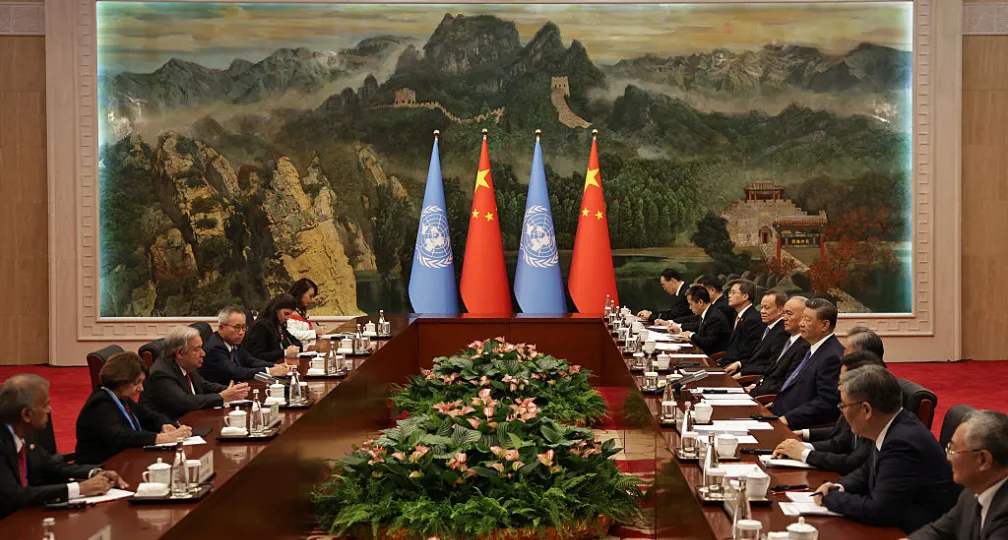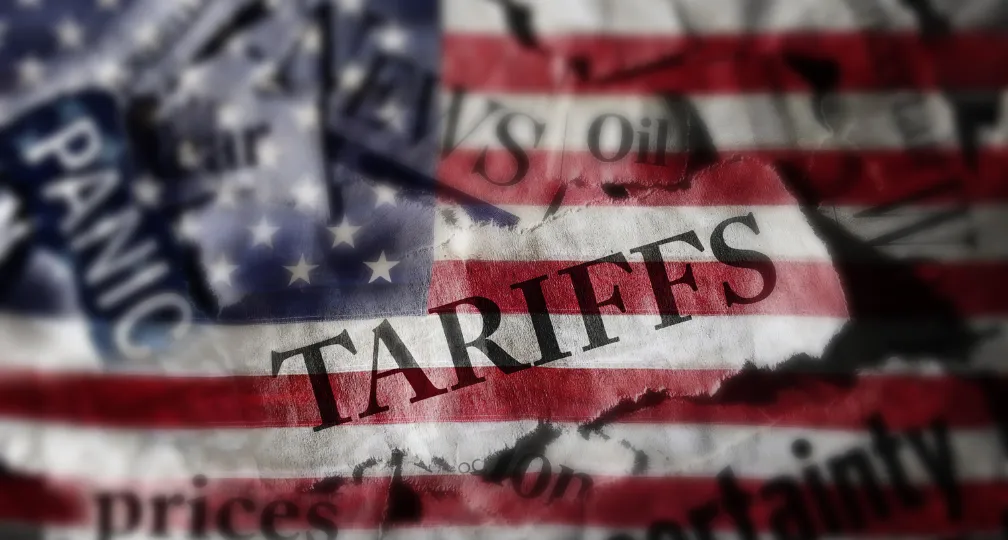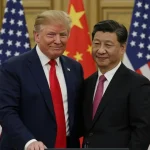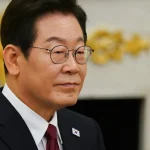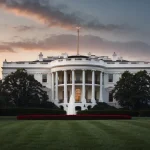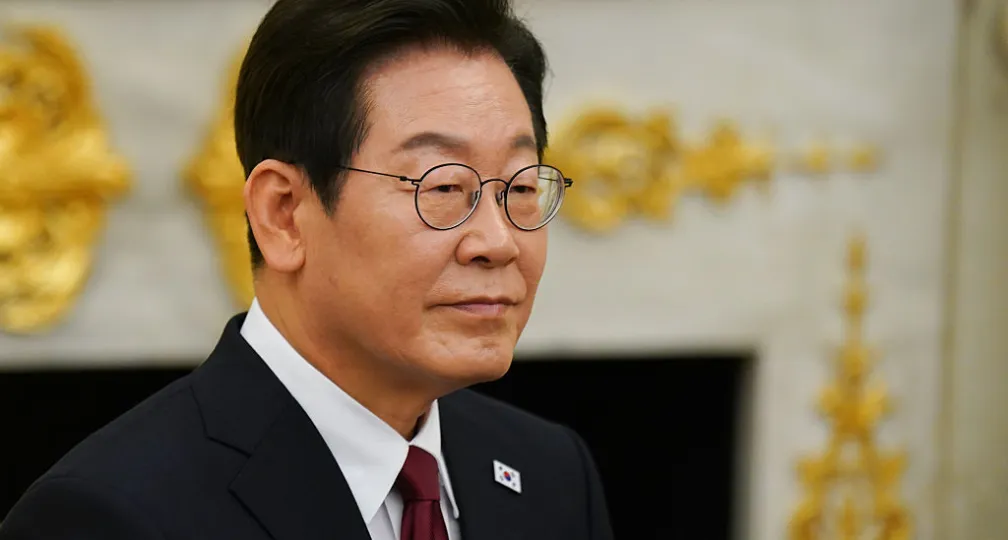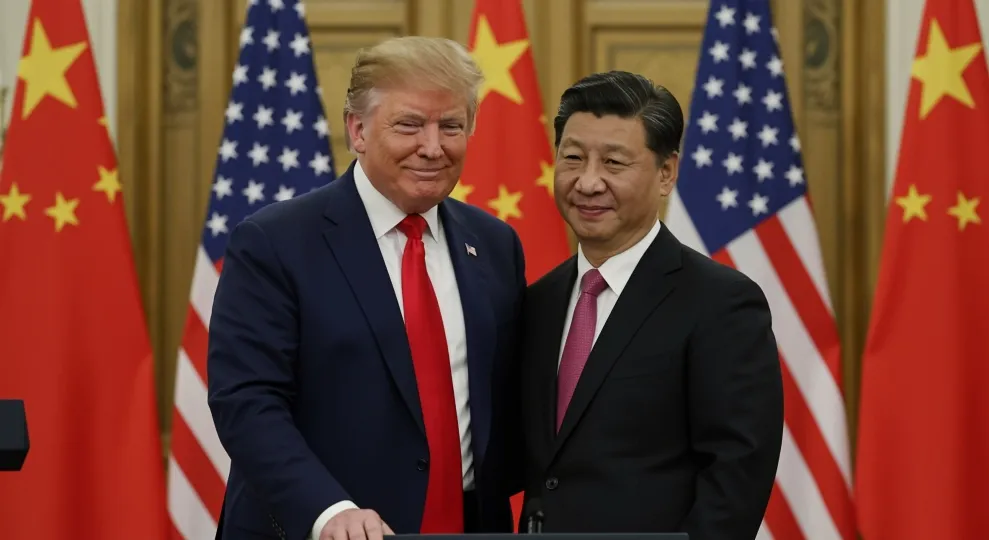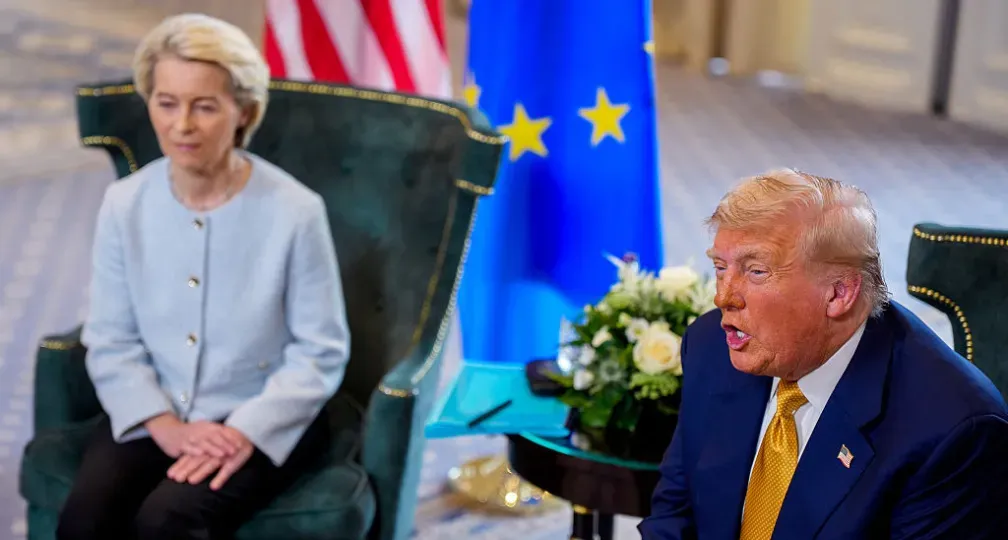Japan needs clarity as an antidote to contradictory tariffs
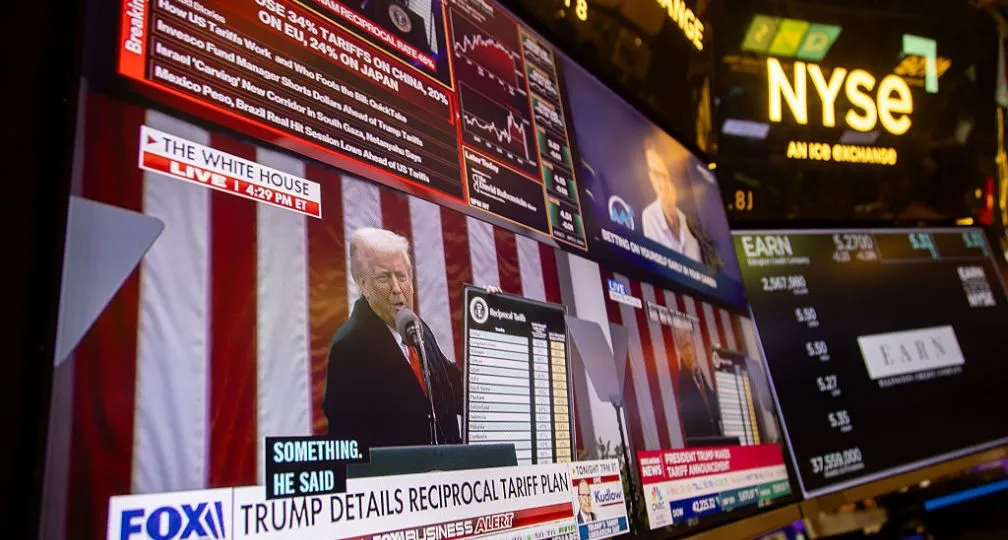
But these goals often contradict each other. If tariffs are lifted, revenue is lost. If unfair practices are corrected and tariffs lowered, the incentive for reshoring production to the United States weakens.
U.S. President Donald Trump — elected in part as a reaction to high inflation during his predecessor’s tenure — argues that tariffs don’t lead to inflation. His adviser Stephen Miran, who chairs the Council of Economic Advisers, argues that levies will strengthen the dollar, with only limited inflationary effects. But a stronger dollar will make American exports less competitive, weakening the impact of tariffs on trade deficits and manufacturing.
Proof, yet again, that the tariff strategy has more holes than Swiss cheese.
Equally troubling is how the Office of the U.S. Trade Representative (USTR) calculated the blanket reciprocal tariffs that Trump announced on April 2 and soon after suspended for 90 days, with some notable exceptions, such as levies on most Chinese goods.
The broad-stroke policy was justified by blaming tariffs and non-tariff barriers imposed by commercial partners for the United States’ trade deficit with other countries. One would therefore have expected the USTR to quantify these non-tariff barriers and combine them with actual levies to assess the lack of reciprocity.
However, citing the complexity of such an approach, the USTR used a rather blunt instrument instead: Dividing America’s trade deficit with a given country by the total value of imports from that country, then using this figure as the reciprocal tariff rate.
This methodology suffers from at least three major flaws.
First, it ignores trade in services and focuses only on goods, therefore creating a skewed picture. In today’s global economy, services are increasingly vital and the U.S. consistently runs a surplus with many partners in this area.
Second, the White House views trade imbalances through a bilateral lens. Yet these are neither unusual nor necessarily problematic. Country A may run a surplus with country B, while B runs a surplus with country C and C runs a surplus with A. Trade is multilateral by nature, therefore focusing only on bilateral deficits misrepresents the reality of global commerce.
Third, the idea that trade balances should be “naturally” in equilibrium is flawed. In basic economic theory, a country’s trade balance — more precisely, its current account balance — is determined by the difference between savings and investment. A country like the U.S., with robust growth and strong investment demand, often imports capital from abroad, leading to current account deficits.
Labeling such imbalances as evidence of unfairness reveals a fundamental misunderstanding of economic dynamics.
Responding to tariffs
Pointing out these misconceptions alone won’t move the needle. Japan must react with a clear strategy, rather than simply begging the U.S. for forgiveness. Two broad approaches rooted in theory and historical precedent can help guide a more effective response.
The first is the use of retaliatory tariffs, an approach already adopted by Canada and China. The logic becomes clear through the prisoner’s dilemma of game theory.
Imagine that both Japan and the U.S refrain from imposing tariffs: Each enjoys a payoff of 3. If one country imposes tariffs while the other does not, the initiator gains 4 while the other gets nothing. If both impose tariffs, each gets only 1. In a one-time game, the rational strategy might be to impose tariffs, but in a repeated interaction — such as in international trade — where retaliation is expected, cooperation becomes preferable.
In this context, a “trigger” strategy can be effective: If the U.S. imposes tariffs, Japan retaliates in the next round. Washington may gain at first, but it loses over time. On April 4, Finance Minister Katsunobu Kato stated in the Diet that retaliatory tariffs could be justified under Article 6 of the Customs Tariff Act, especially given the paralysis of the World Trade Organization (WTO)’s dispute resolution mechanism.
The second approach, more forward-looking, amounts to transforming reciprocal tariffs into active reciprocity. Here, history offers a useful lesson.
In 1890, U.S. Rep. William McKinley advanced a protectionist tariff act that sharply raised American levies. But after he became president and was elected for a second term, McKinley shifted toward trade liberalization, recognizing its importance for national prosperity.
After tariffs rose again in 1930, the 1934 Reciprocal Trade Agreements Act was introduced, empowering the president to cut tariffs and extend most-favored-nation status to trading partners. This marked a pivot to mutual liberalization through bilateral agreements.
Today, some countries — including India and Vietnam — have responded to U.S. pressure with tariff cuts. If more nations adopt such openness, a new multilateral agreement could emerge, potentially under the name of the “Trump round.”
Japan, whose industrial tariffs are already low, could go a step further by reducing duties even more, including in the agricultural sector, and easing burdensome domestic regulations — reforms that would also benefit the economy at home.
A multistep plan
Japan should not limit itself to lobbying for exemptions from Trump’s tariffs. It has a chance to lead the international response by combining strategic retaliation and active liberalization, along with the following concrete measures.
First, Japan should work with other affected nations — including those in the European Union and Canada — to establish a coordination committee on U.S. tariffs. This platform — which should also welcome China’s participation — would facilitate the exchange of information and enable coordinated responses where necessary.
Second, Japan must also hold Washington accountable to existing commitments. The U.S.-Japan Trade Agreement signed in 2019 and its accompanying joint statement clearly pledge that neither country will take actions that violate the agreement’s spirit. Defending one’s rights is not only a personal obligation, but safeguards the broader legal order.
Third, Japan should make full use of WTO procedures, even though the organization’s appellate body remains stalled. Engaging in multilateral processes wherever possible is essential to maintain the credibility and stability of global trade rules.
These three actions should be pursued immediately.
Fourth, Tokyo should also work to expand participation in high-standard trade agreements such as the Comprehensive and Progressive Agreement for Trans-Pacific Partnership, while remaining vigilant against countries that use economic coercion.
Finally, Japan should pursue domestic reforms, such as further reducing tariffs and streamlining excessive regulations, while retaliatory tariffs should be considered and implemented, if deemed necessary — but only as a carefully calibrated tool. The objective is not to escalate trade tensions but incentivize Washington to correct course and honor its commitments.
Supporting domestic firms affected by tariffs is also essential. At the same time, Japan should avoid setting artificial import targets, making politically driven investment promises or bundling trade negotiations with currency or security issues.
By pursuing both its national interests and the global rules-based order, Japan can assert strategic leadership. What is needed is not appeasement or rigid posturing, but a calm, multifaceted negotiation strategy that is flexible, principled and forward-looking.
(Photo Credit: AP/Aflo)
[Note] This article was posted to the Japan Times on Apri 25, 2025:
https://www.japantimes.co.jp/commentary/2025/04/25/japan/us-tariffs-contradictions-japan-response/

Geoeconomic Briefing
Geoeconomic Briefing is a series featuring researchers at the IOG focused on Japan’s challenges in that field. It also provides analyses of the state of the world and trade risks, as well as technological and industrial structures (Editor-in-chief: Dr. Kazuto Suzuki, Director, Institute of Geoeconomics (IOG); Professor, The University of Tokyo).
Disclaimer: The opinions expressed in Geoeconomic Briefing do not necessarily reflect those of the International House of Japan, Asia Pacific Initiative (API), the Institute of Geoeconomics (IOG) or any other organizations to which the author belongs.
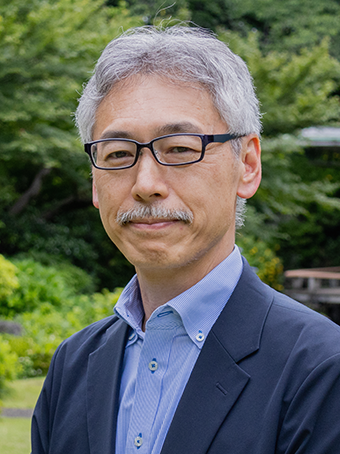

Visiting Senior Research Fellow
Mr. Oya assumed current position from November 2024. Prior to that, he worked at the Japan Bank for International Cooperation (JBIC), where he was involved in financing infrastructure and resource projects and launching a carbon fund, and also served as head of JBIC New Delhi office and Director, head of the European Bank for Reconstruction and Development (EBRD) Tokyo office. Chief Analyst of Sojitz Research Institute from August 2024. Master of Laws, Boston University Master of Finance, George Washington University
View Profile-
 Japan-India Defense in a Fragmenting Indo-Pacific2025.12.10
Japan-India Defense in a Fragmenting Indo-Pacific2025.12.10 -
 The “Economic Security is National Security” Strategy2025.12.09
The “Economic Security is National Security” Strategy2025.12.09 -
 India - Japan: The Glimpse of a Shared Vision2025.12.05
India - Japan: The Glimpse of a Shared Vision2025.12.05 -
 Beijing’s ‘Globalist’ Agenda Under Trump 2.02025.12.01
Beijing’s ‘Globalist’ Agenda Under Trump 2.02025.12.01 -
 Trump’s Tariffs Might Be Here to Stay – No Matter Who’s in Power2025.11.28
Trump’s Tariffs Might Be Here to Stay – No Matter Who’s in Power2025.11.28
 Event Report: The Trump Tariffs and Their Impact on the Japanese Economy2025.11.25
Event Report: The Trump Tariffs and Their Impact on the Japanese Economy2025.11.25 The Real Significance of Trump’s Asia Trip2025.11.14
The Real Significance of Trump’s Asia Trip2025.11.14 The long road to a South Korea-U.S. trade deal2025.11.26
The long road to a South Korea-U.S. trade deal2025.11.26 The “Economic Security is National Security” Strategy2025.12.09
The “Economic Security is National Security” Strategy2025.12.09 India’s Structural Reforms: Opportunities and Risks2025.11.14
India’s Structural Reforms: Opportunities and Risks2025.11.14





